
The spring newsletter is now available. Click over to our NEWSLETTERS page to view or download this current publication and past editions in PDF format.

The spring newsletter is now available. Click over to our NEWSLETTERS page to view or download this current publication and past editions in PDF format.
By Ron Polimeni
With no railroad of my own, I participate by assisting my friends who do have layouts. I’m ever grateful for being included in the operating sessions and enjoy contributing in whatever ways I can. The pandemic has brought this home. With no operating sessions, how do I stay involved and connected? By continuing to do as I’ve done all along. I have my shop.
I have my tools, my imagination, and my skills. Having projects from my friend’s layouts in the works on my bench allows me to feel connected. When operating sessions resume once again, I’ll have something to show for my time in isolation. Here are a number of the projects I’m currently involved in.
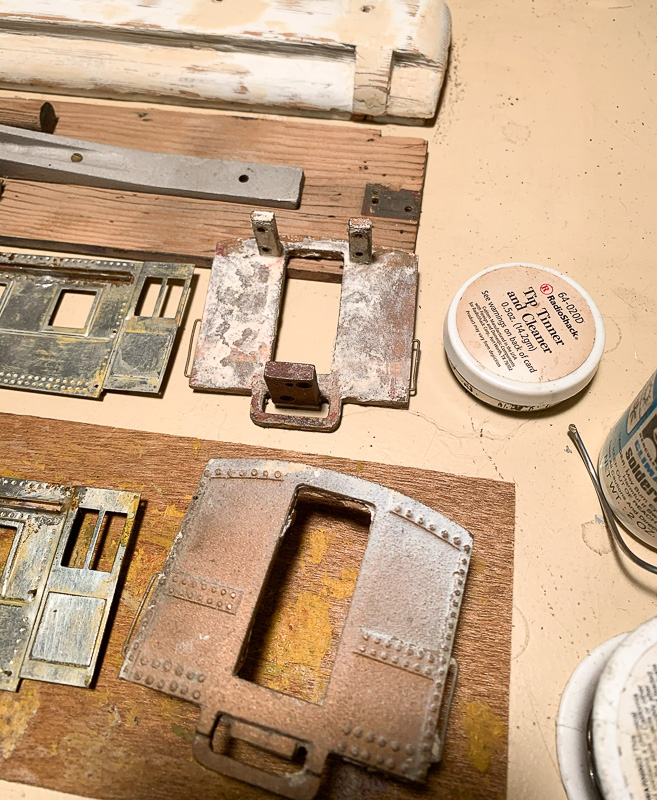
Jay wanted the roofs removable. To that end, the stamped steel sides had to be reinforced by soldering brass channel just below the top edge. The most difficult part, however, is restoring the deteriorated wood. I’ve been using wood putty to fill in the shrinkage in the grain and will probably work with painters tape to simulate tar paper. The monster soldering iron is on loan from Bob Winkler. Bob was a plumber in a past life. He loaned me the iron with the comment that he hadn’t used it in 50 years and didn’t expect he’d be needing it in the near future. Turns out it’s ideal for the job.
Disassembling the car was a problem. I couldn’t figure a way to remove the screws that held the roof to the car ends without drilling through the floor. Then, on close inspection, I discovered two pins in the cast ends which held the ends in alignment with the floor. Removal of the pins allowed the floor to be slid to the side allowing access to the screws. Essentially the entire car was held together with pins. The stamped sides being attached to both the roof and floor with pins.
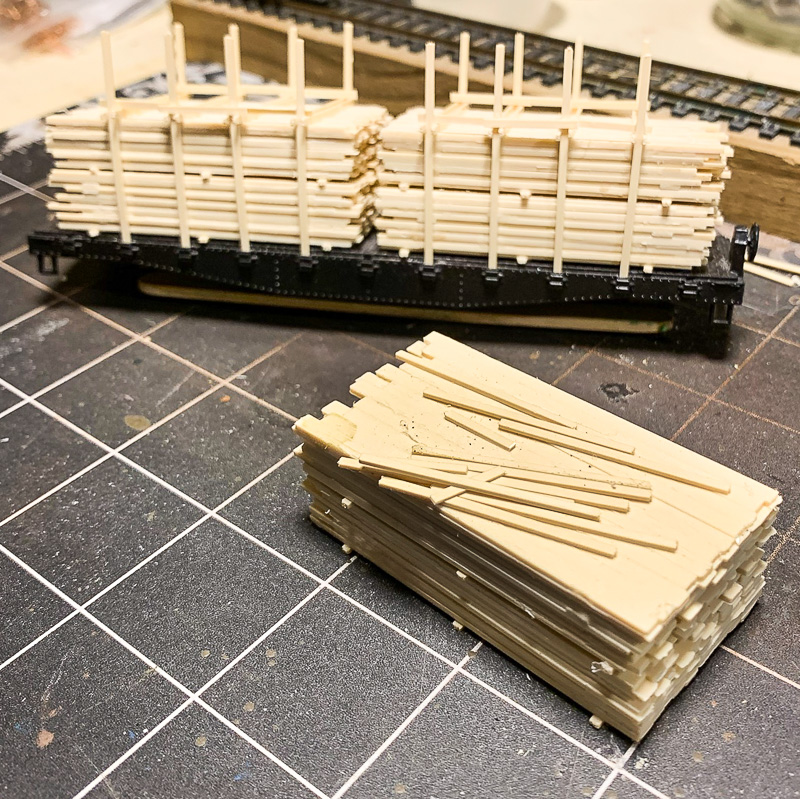
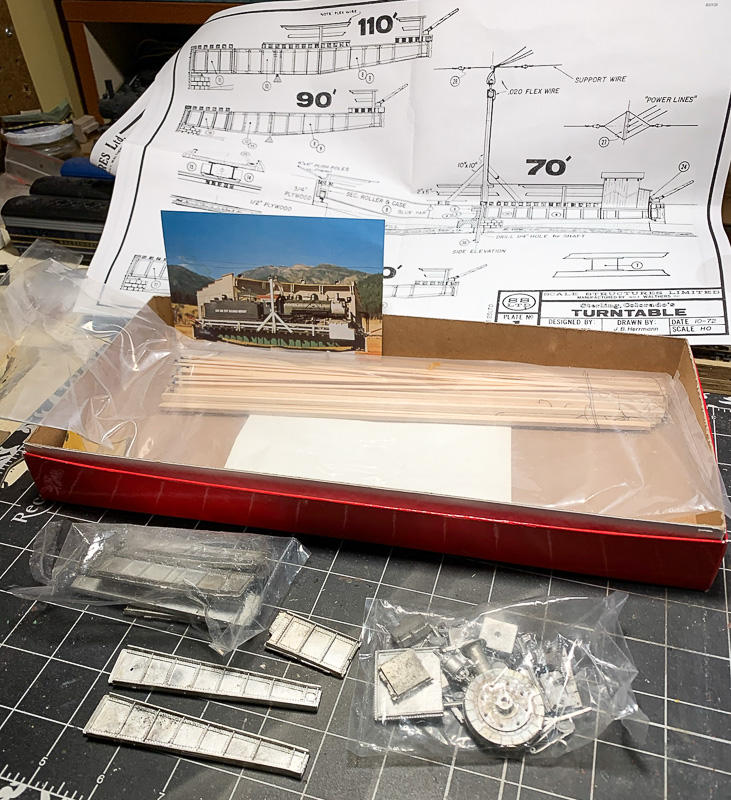
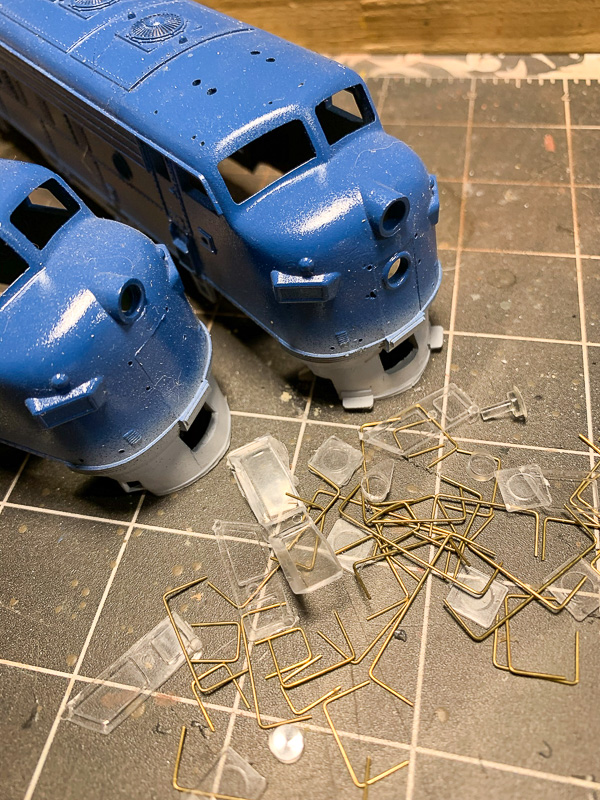
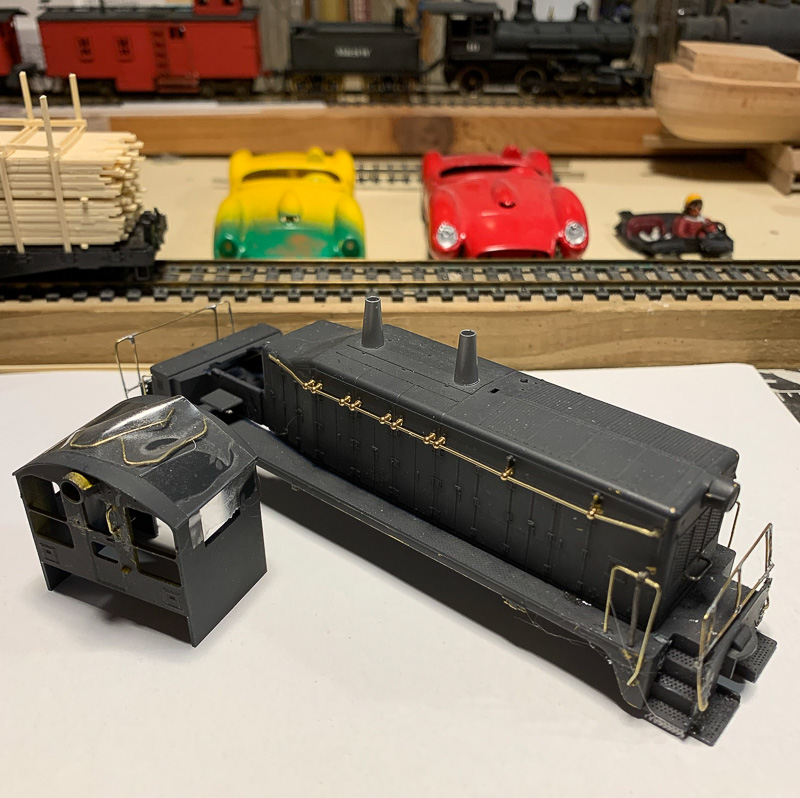

And then there’s my drawing board.
Currently, I’m working on visualizations for the scenery on the turn-back loop by the entrance to Don Florwick’s P&SP Railroad. I took some pics when last I was there before the pandemic struck. We had mocked up some ideas using cardboard. I’m using the pics as a guide in developing the scenery ideas. The sketches will eventually be filled in with colored pencil.
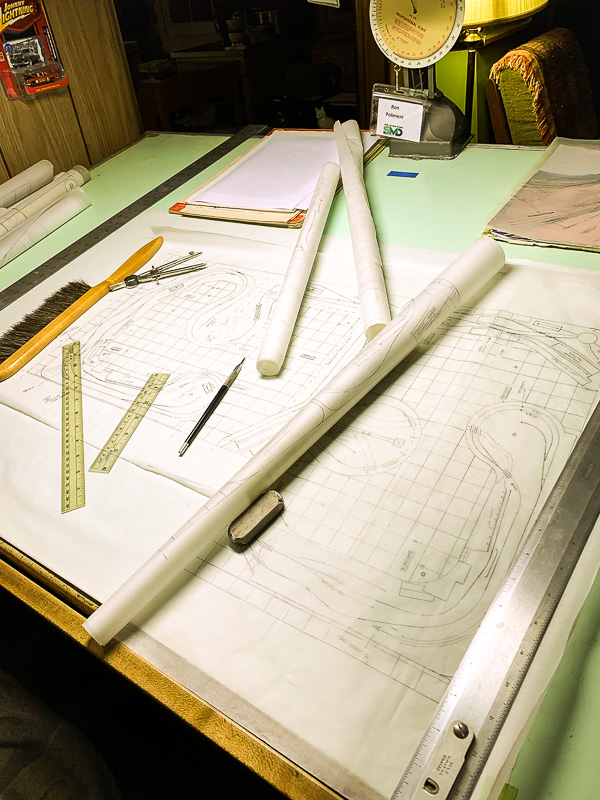
Suffice to say, I’m busy. Despite not having a railroad of my own, I’m able to stay involved, active, and connected in the hobby through my friends.
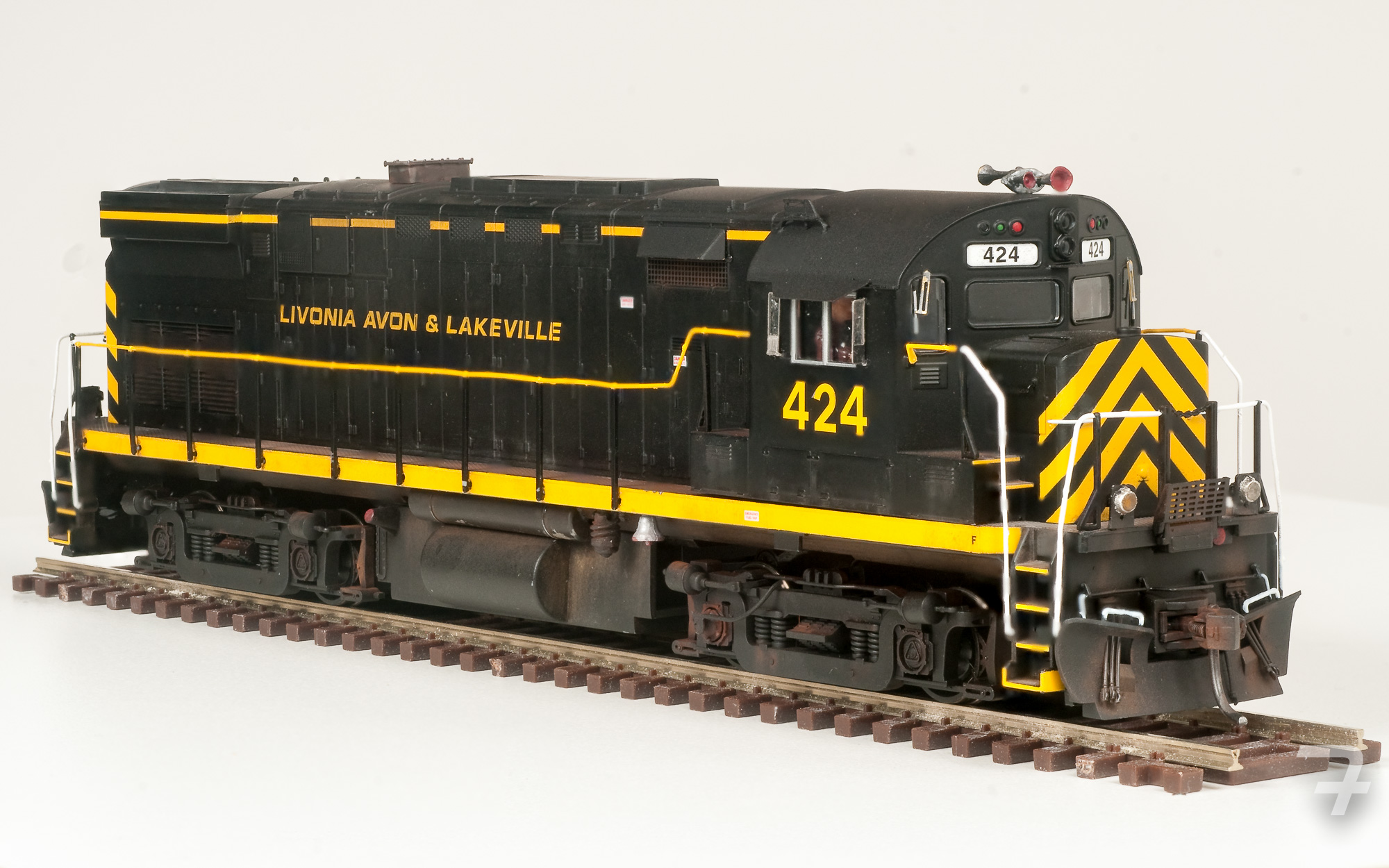
This summer I finally completed detailing and upgrading my Atlas Classic HO scale C-424 Phase 2 Locomotive, modeled after the Livonia Avon & Lakeville’s (LA&L) diesel number 424.
Atlas Model Railroad Company released the model in 2006 with a list price of $109.95 for the DC version. I ordered mine through a local hobby shop with plans to detail and install DCC.
Why did I choose this model from an obscure short line in western New York state? I worked for the LA&L for 3 weekends in the summer of 1990 until my college course workload prevented me from spending my Saturday’s on their track gang. I believe I even had a cab ride in number 424.
Fourteen years later, this locomotive was now unassembled on my workbench. Atlas’s version was a close replica, but due to industry practices at the time the manufacturer created models that generally adhered to the specific “Phase” (in my case phase 2), so not everything was a match. Some minor bodywork and paint were necessary to address a couple of obvious details that stand out on the real locomotive, making it a distinctive piece of LA&L equipment. Additionally, the Classic series was not plumbed for sound. I had to have the rear weight milled, drilled, and filed to fit a speaker.
Is my model an exact duplicate of the prototype? Not quite. There are things that would require extensive bodywork which I didn’t feel I could successfully achieve.
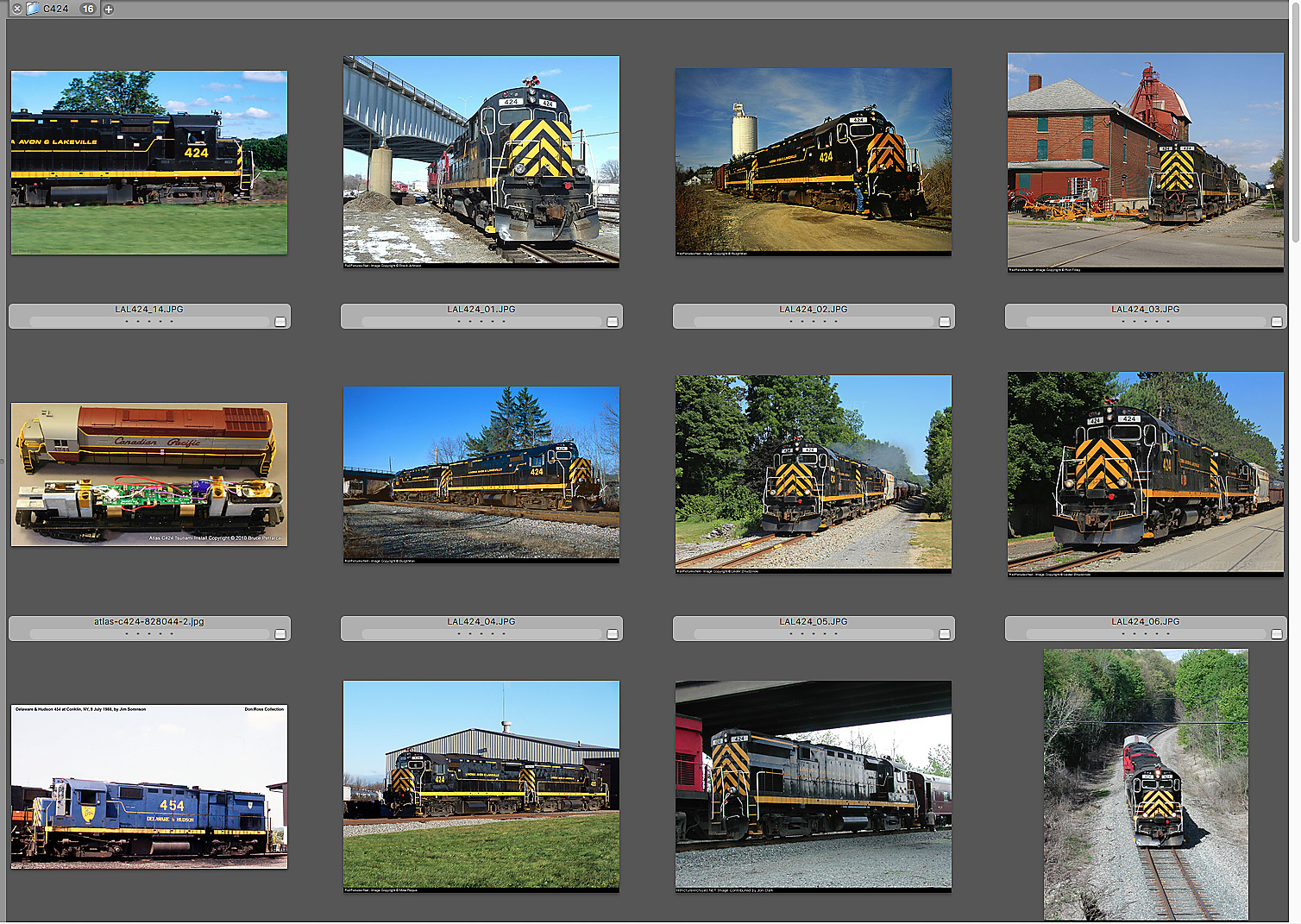
In addition to a SoundTraxx decoder, I used many images sourced from the internet (above) to place the following details.